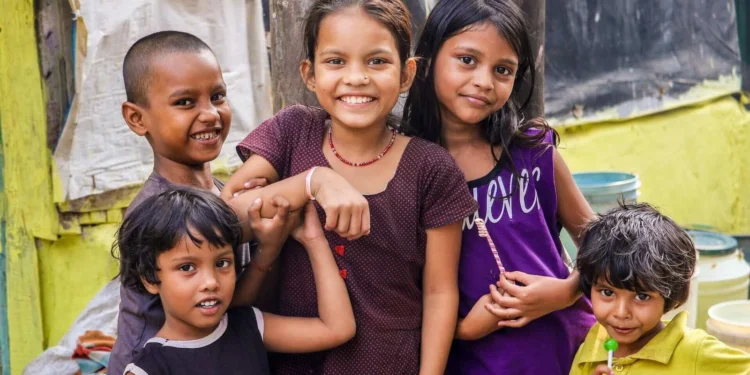Lagatar24 Desk
New Delhi: Last year, India surpassed China to become the world’s most populous country with nearly 1.45 billion people. However, instead of focusing on stabilizing population growth, discussions around encouraging more children have gained momentum, especially in southern states like Andhra Pradesh and Tamil Nadu.
What is Driving the Push for More Children?
Fertility Decline and Replacement Levels
India’s fertility rate has seen a dramatic decline, from 5.7 births per woman in 1950 to the current rate of two. Notably, 17 of the country’s 29 states and territories have fertility rates below the replacement level of 2.1, necessary to maintain a stable population.
Southern states like Tamil Nadu and Kerala lead this demographic transition, with fertility rates now matching or even falling below European nations. Tamil Nadu’s fertility rate stands at 1.4, while Andhra Pradesh reports 1.5.
Impact of Fertility Decline
Political Representation and Fiscal Shares
Southern states fear penalization for their successful population control efforts as India prepares for its first delimitation exercise since 1976, scheduled for 2026. This exercise will likely reduce parliamentary seats and federal revenue allocations for states with smaller populations.
Rapid Ageing and Socioeconomic Challenges
India is ageing faster than many developed nations. While countries like France and Sweden took decades to double their ageing population from 7% to 14%, India is projected to achieve this within just 28 years.
The economic disparity is glaring. For instance, Andhra Pradesh, with a fertility rate on par with Sweden, has a per capita income 28 times lower. This disparity raises questions about the state’s ability to support a growing elderly population with adequate pensions and social security.
Southern States Push Back
Delimitation Concerns
Leaders in Tamil Nadu and Andhra Pradesh are vocal about their fears of losing political representation and fiscal resources to populous northern states like Uttar Pradesh and Bihar.
Calls for Balanced Representation
Demographers suggest addressing these concerns through constructive federal-state negotiations. “These issues can be resolved without altering the delicate balance of representation,” says Srinivas Goli, a demographer at the International Institute for Population Sciences.
The Aging Workforce: A Looming Crisis
Declining fertility means fewer young people entering the workforce, increasing the dependency ratio and straining healthcare and social services. Urbanization and migration further erode traditional family support systems.
Demographers propose proactive measures such as:
•Healthy and Active Ageing: Extending retirement ages and improving healthcare to ensure productive older populations.
•Leveraging the Demographic Dividend: Prioritizing job creation for the working-age population to maximize economic growth.
Polarizing Statements on Fertility
Adding to the debate, Rashtriya Swayamsevak Sangh (RSS) chief Mohan Bhagwat recently urged couples to have at least three children, warning of societal decline if fertility rates fall below 2.1.
However, demographers caution against such calls, emphasizing that once fertility rates drop significantly, reversing the trend becomes nearly impossible.
Global Lessons and India’s Path Forward
Countries like South Korea and Greece have declared low fertility a national emergency, but experts argue that incentivizing childbirth has limited impact. Instead, India must focus on policies for healthy ageing, robust social infrastructure, and maximizing its demographic dividend.









